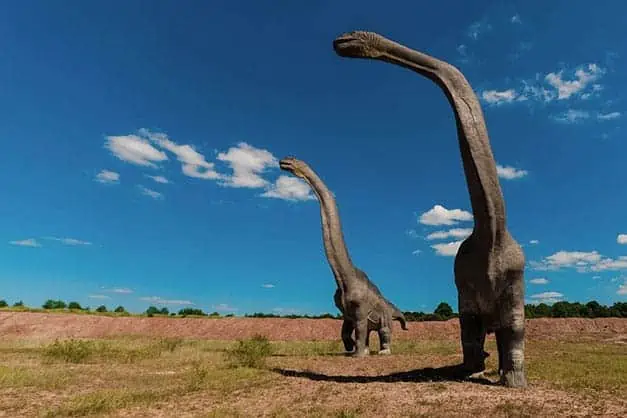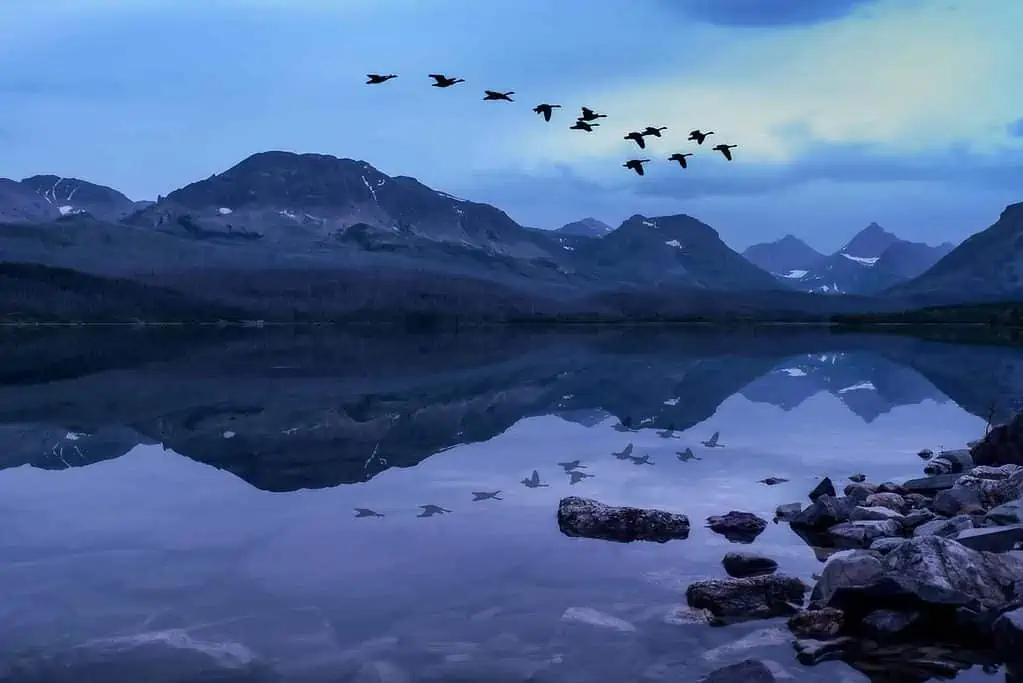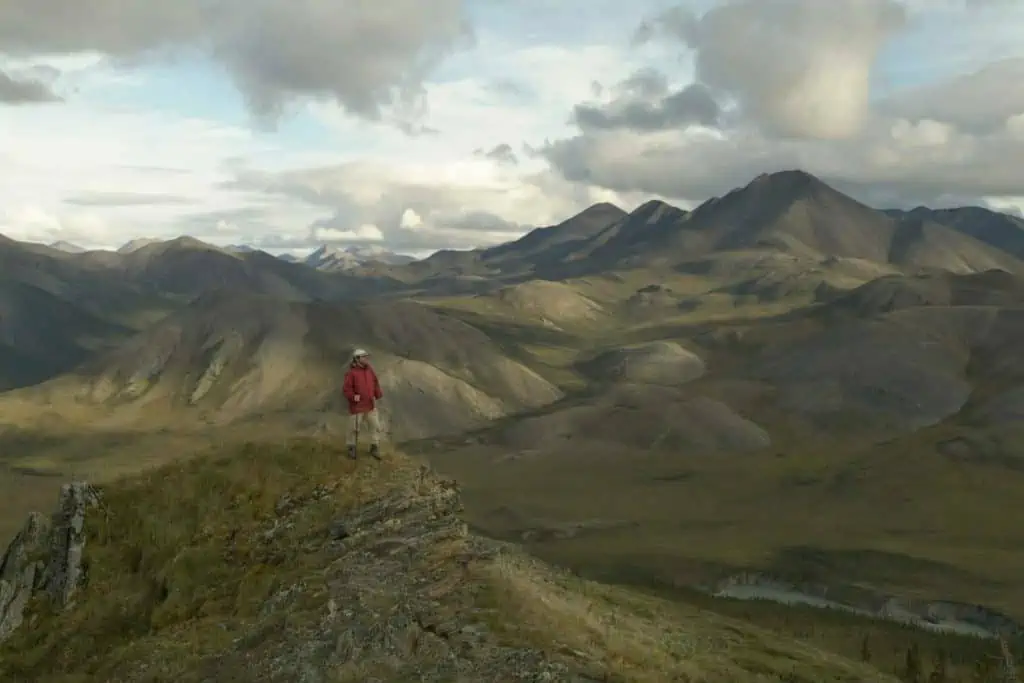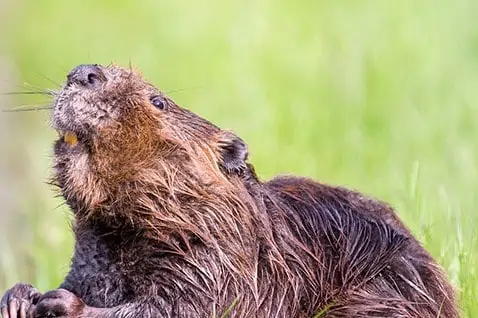
Sitting back in my easy chair, I questioned myself as to what period of time I would have liked to have studied. I think it would be the Cretaceous period, back some 145 to 65 million years ago, when my pal Tyrannosaurus Rex would have roamed the countryside, eating up everything that came within reach. The T Rex had the most powerful bite of any species of his time (with a bite force of 8,000 pounds compared to the 200-pound bite force of a human), a record that stands today.
My interest in ancient archaeology happened when I turned 62. True, it was a little late in life to go back to life studies, but I was digging in my garden back in north central Ontario when I came upon some old bone structure. It measured around 50 feet in length. It made the front page of The Packet and Times. I still have the pictures of geologists at the Royal Canadian Museum in Toronto. They said it was the fossil bone of a Shonisaurus, the early resemblance of a giant dolphin. This dated the fossil at some 250 million years ago, in the Permian Period, well before the T Rex. Ever since, I’ve carried a special axe in the truck. I’m always breaking stone to see what we may find next.
The Cretaceous was also an interesting time for the geographic history of the Yukon and surrounding territories. This was the time when a huge waterway wound from the Arctic down through to the Gulf of Mexico. Along the shores were giant trees and tall grasses. One notable thing about the creatures of this period is that they had exceptionally large heads and jaws. They were considered to be basically meat eaters. Not only were the land creatures giants; those in the water were as well. Elasmosaurus had a large body and a neck measuring 23 feet long.
It was not the largest creatures of the Cretaceous period that fascinated me, but the very opposite in size. In the late 1950s and early 60s, I had the good fortune of working with bats when rabies crossed Canada. I studied everything I could get my hands on with regards to bats and their flight. That’s when I found out that the smallest of all dinosaurs was only 28 inches in length. This was the Microraptor of the early Cretaceous period. It was not actually a birdlike creature, but more of a glider, similar to the flying squirrel of modern times.
The most interesting winged creature of prehistoric times is the Pterosaurs, which existed about 200 million years ago. Having a fair knowledge of the modern little brown bat, I quickly connected the membrane wings with the modern bat. Its feet and tail also recall our modern bat. This flying reptile, with its wing span of more than 30 feet, was a very capable flyer, but, like other creatures of that era, was subject to the greatest extinction on planet Earth.
This took place some 65 million years ago. The dinosaurs of Alberta and Saskatchewan are said to have become extinct in about two minutes, when a large meteorite crossed horizontally close to the Earth, with extreme incandescent heat, crashing into the Gulf of Mexico. The heat off the speeding comet is said to have killed 75 per cent of plant and animal life in its path. There is a giant crater starting off shore from the Yucatan Peninsula, in the Gulf of Mexico, and continuing inland. This is called the Chicxulub Crater. It measures 190 miles wide and 12 miles deep.
It seems odd that we humans have been as destructive as we have to the environment, given the short period we’ve been here. So I will leave you with this to ponder:
Everything on Earth is unique. Once gone, it is gone forever. It is part of what is called the “genetic pool,” the greatest reservoir of life on Earth. Evolution and unknown combinations and mutations of genes within that reservoir will produce forms of life in ages to come that are not known in these times. As responsible passengers on this spaceship Earth, we would be foolish to wipe out any of our shipmates. They will, at least, make our voyage less lonely, as we slowly drift through the endless reaches of space. They will make us wiser and better as well.
Dino-riffic!




